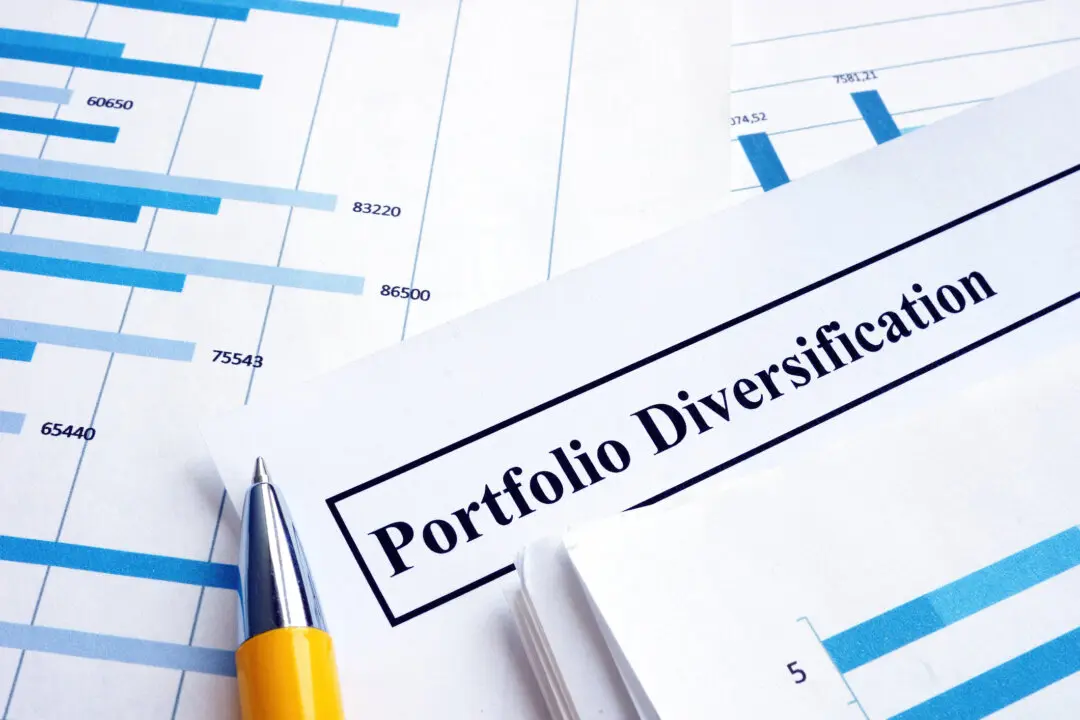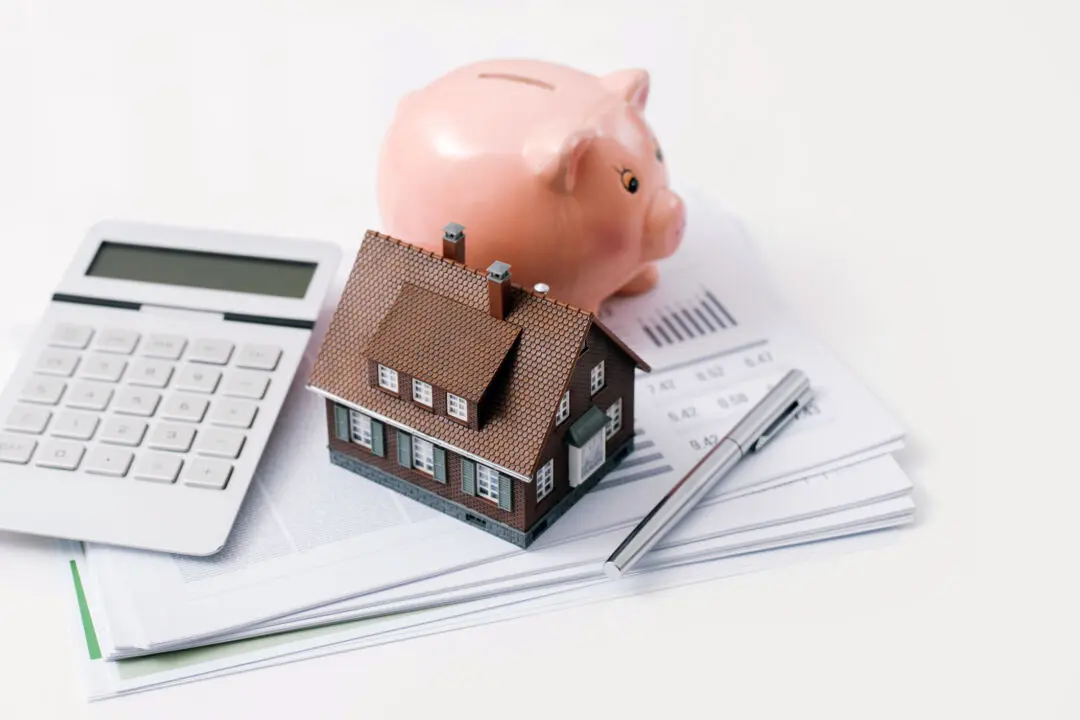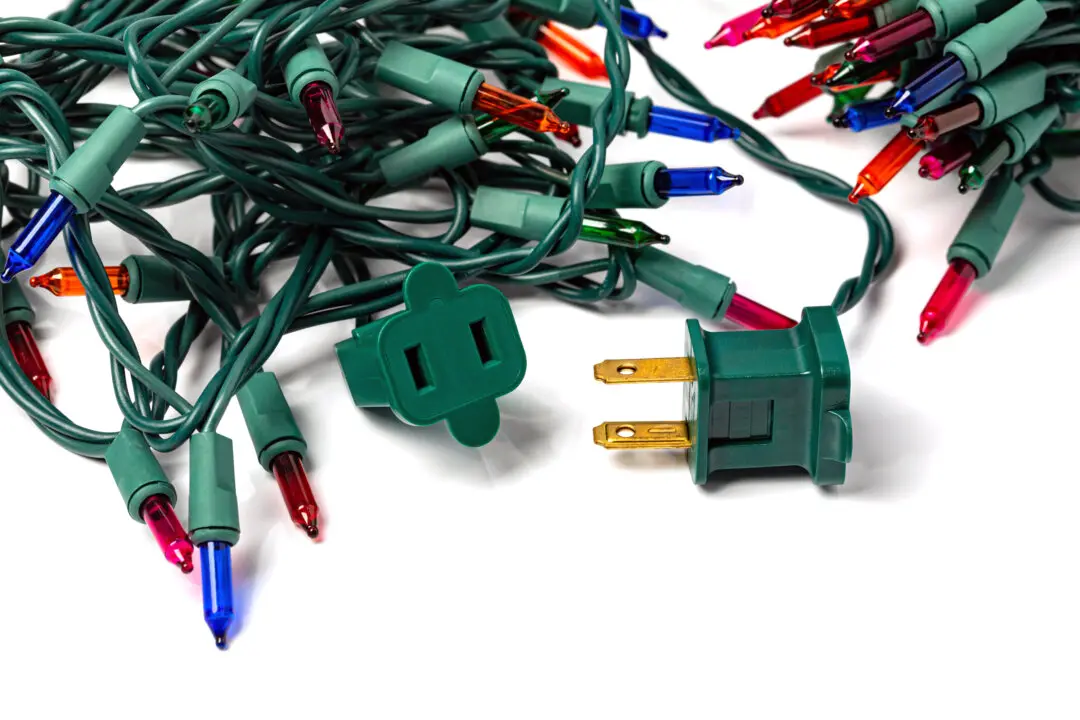By
Produced by Planner at Heart and syndicated by Wealth of Geeks
The housing market is heading into waters not charted in decades. We haven’t had to deal with several factors at play in a long time, including high inflation, rising interest rates, low supply, and rapidly increasing home prices. All of these factors beg the question, will the housing market crash?






